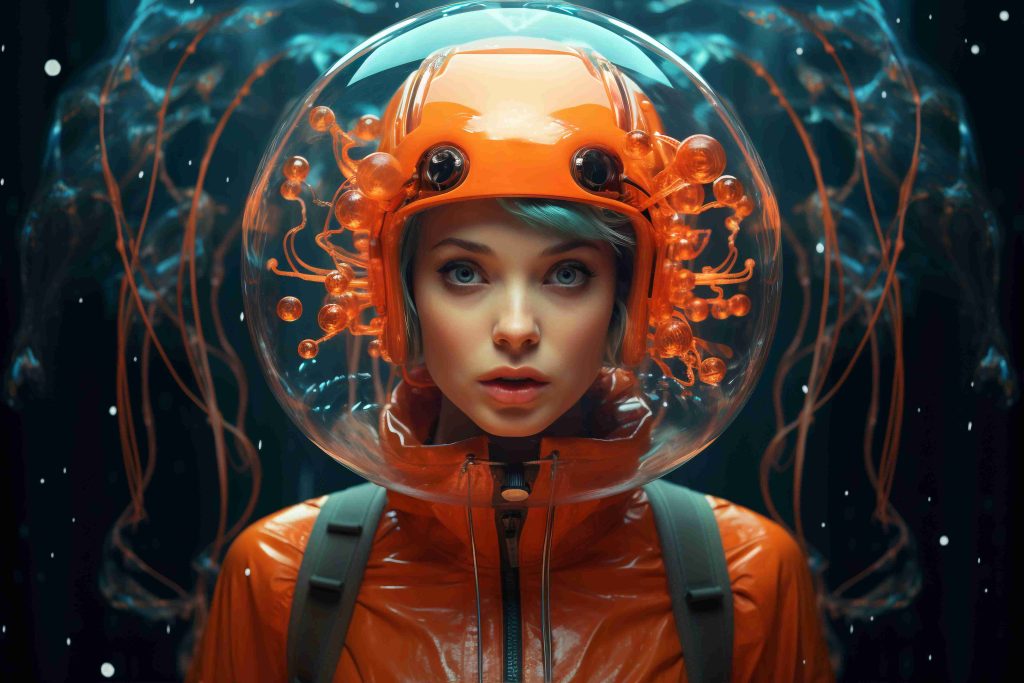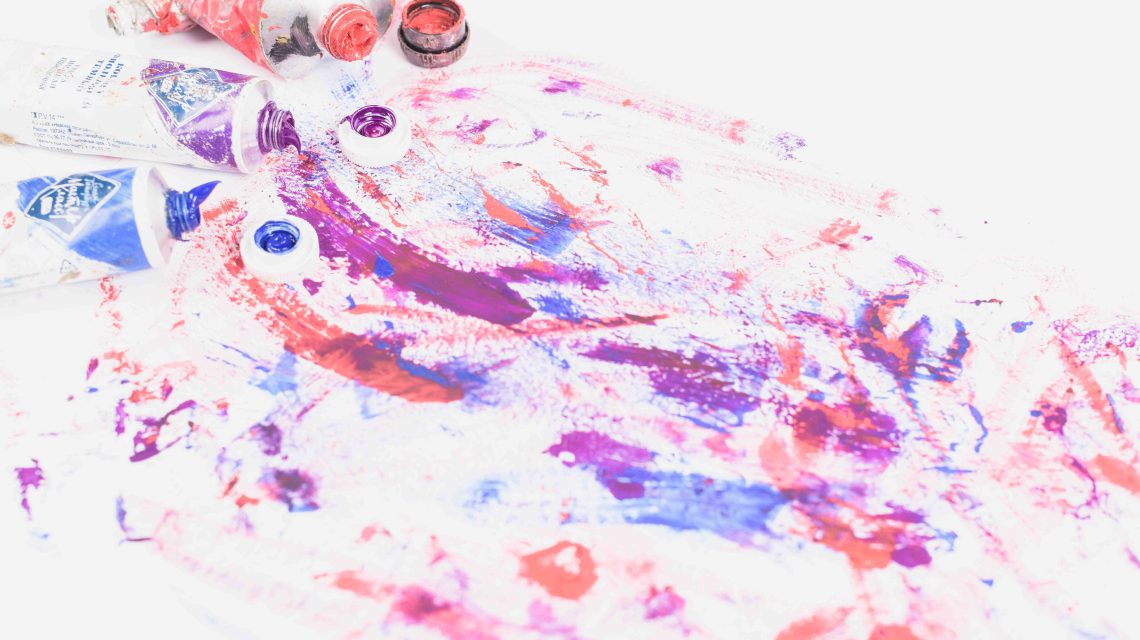Art has undergone a remarkable transformation over the centuries, evolving from classical techniques to the vibrant and diverse styles we see today. This evolution has been driven by cultural shifts, technological advancements, and the ever-changing perspectives of artists. One of the most significant movements in modern art history was Impressionism, which emerged in the late 19th century. Impressionist painters, such as Claude Monet and Pierre-Auguste Renoir, broke away from traditional realism and focused on capturing the fleeting effects of light and color. Their work paved the way for numerous subsequent movements, including Expressionism, Surrealism, Abstract Art, and eventually digital art.
The Birth of Impressionism
Impressionism originated in France in the 1860s and was characterized by its use of rapid, visible brushstrokes and an emphasis on capturing the transient effects of light and atmosphere. Artists like Monet, Renoir, and Edgar Degas abandoned the strict academic traditions of their predecessors, choosing instead to paint scenes of everyday life with a sense of immediacy. Their use of vibrant colors and loose brushwork created a sense of movement and spontaneity that was revolutionary at the time.

The Rise of Expressionism and Surrealism
Expressionism, which gained popularity in the early 20th century, sought to convey raw emotion through exaggerated colors and distorted forms. Artists like Edvard Munch and Egon Schiele used bold techniques to evoke intense feelings in their viewers. Surrealism, on the other hand, delved into the subconscious mind, producing dreamlike and often bizarre imagery. Salvador Dalí and René Magritte were among the most influential surrealists, creating thought-provoking works that blurred the line between reality and imagination.
Abstract Art and the Pop Art Movement
As the 20th century progressed, abstract art became a dominant force. Pioneers like Wassily Kandinsky and Jackson Pollock embraced non-representational forms, using color, shape, and texture to express ideas rather than depict specific subjects. This era also saw the rise of pop art, championed by artists like Andy Warhol and Roy Lichtenstein, who merged commercial imagery with fine art to critique consumer culture.
The Digital Age and NFTs

In recent decades, the rise of digital technology has revolutionized the art world. Digital artists use tools like Photoshop, Illustrator, and AI-generated software to create stunning, innovative works that challenge traditional definitions of art. The advent of NFTs (non-fungible tokens) has further transformed the industry, allowing artists to sell their digital creations as unique assets. As technology continues to evolve, the future of art remains boundless, with new possibilities emerging every day.

